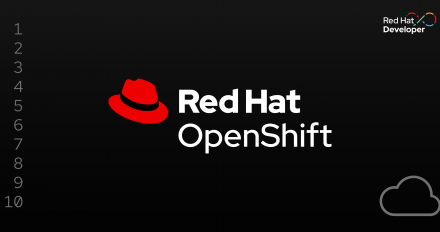
Simplify multi-cluster management: Auto-import of hosted clusters with RHACM
Simplify the management of numerous Red Hat OpenShift HyperShift (HCP) clusters

Simplify the management of numerous Red Hat OpenShift HyperShift (HCP) clusters
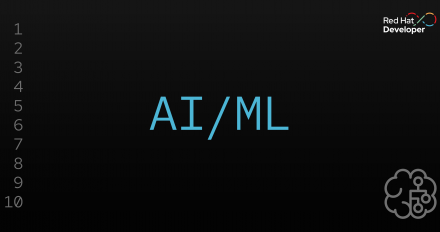
Learn how to implement identity-based tool filtering, OAuth2 Token Exchange, and HashiCorp Vault integration for the MCP Gateway.
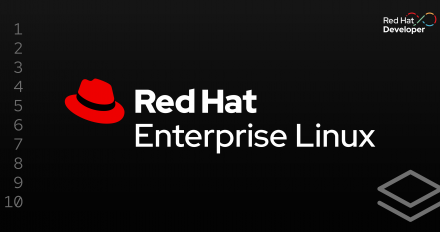
Learn how to enable Red Hat Lightspeed in disconnected environments with Red Hat Satellite 6.18. Set up advisor and vulnerability services to manage risk.
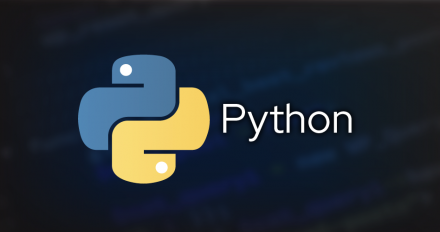
What RHEL 8 and 9 users need to know about Python 3.9 reaching the end-of-life phase upstream.

Learn how to run Ruby applications in FIPS mode on Red Hat Enterprise Linux (RHEL) using the Ruby OpenSSL library.

This article describes the design and flow of the confidential cluster operator, focusing on its role in deploying and managing confidential Kubernetes clusters.

Red Hat Advanced Cluster Security 4.8 offers external IP visibility, enabling security teams to identify external connections and validate network policies.

Learn how to use Red Hat Lightspeed image builder to create images that are more compliant to a wide set of regulatory policies and frameworks.

Learn how to use the new RHEL 10 soft reboot feature in image mode (bootc) to significantly reduce downtime for OS updates.

Discover the RHEL 10.1 new features and updates, designed to improve the developer experience.

Learn how to access generic devices like cameras and serial ports from inside a pod using Red Hat build of MicroShift 4.20 and its new generic device plug-in.

Learn about the external secrets operator for OpenShift (now generally available), including features, benefits, and integrations for enhanced secrets management.
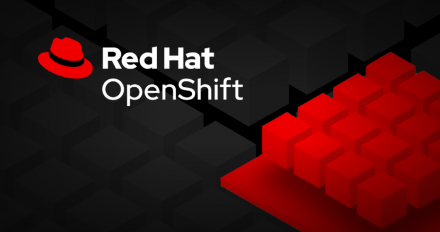
Learn how to configure OpenShift Virtualization to launch confidential VMs with Intel TDX and how to attest to their security using a tool called Trustee.

Your Red Hat Developer membership unlocks access to product trials, learning resources, events, tools, and a community you can trust to help you stay ahead in AI and emerging tech.
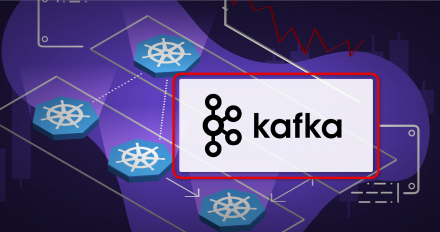
Learn how to choose between ActiveMQ Artemis and Apache Kafka, messaging systems to meet your transactional, batch, and real-time data streaming needs.

HyperShift streamlines OpenShift cluster management with hosted control planes, cutting costs, accelerating creation, and efficiently scaling large fleets.
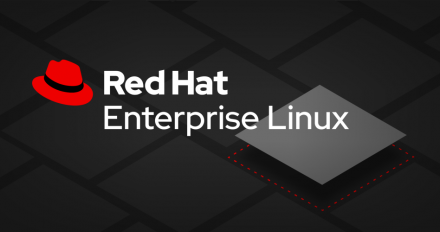
Learn how to sign RPM packages in RHEL 10.1 using quantum-resistant cryptography to protect your software with stronger signatures.

Learn how to handle secrets in OpenShift. Discover why volume mounts are preferred over environment variables for enhanced security and operational flexibility.
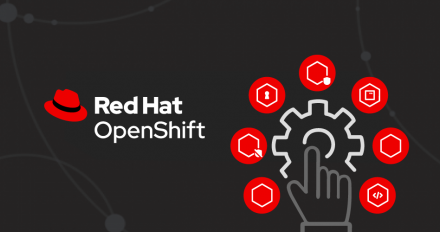
An in-depth analysis of the OpenShift node-system-admin-client certificate lifecycle, validity, rotation, and manual renewal in PKI management.
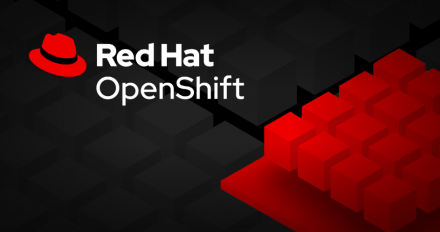
Discover a declarative, policy-driven approach to solve the challenges of manual certificate management in OpenShift with cert-manager and Venafi.
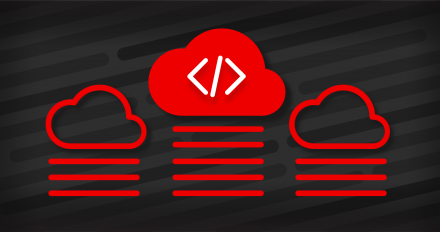
Learn how to set up a cloud bursting environment between on-premise and Azure cloud using OpenShift confidential containers.
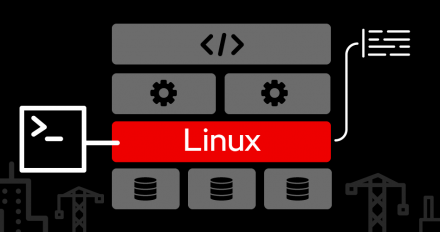
Learn how to leverage kernel live patching to keep your infrastructure updated and minimize the amount of manual work required.
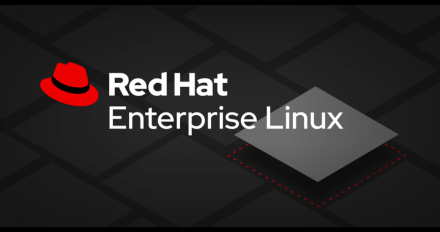
Learn how to implement encrypted DNS (DoT) on Red Hat Enterprise Linux 10 and 9.6, a crucial step towards modern enterprise security and zero trust model.

Discover how the two technologies, confidential containers and confidential VMs, are better when integrated.
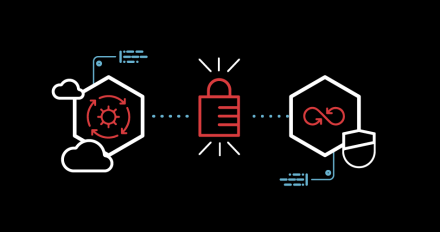
Learn how to use the IdM DoT feature to provide a secure upstream DNS server in OpenShift Container Platform for zero trust architecture.